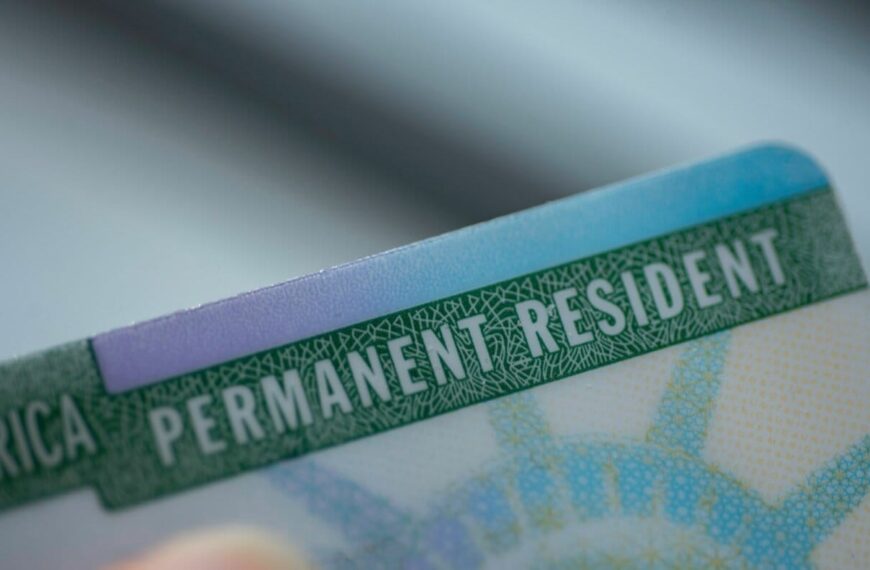Understanding the Impact of the Temporary Foreign Worker Program on Work Permits
As discussions around immigration and labor markets grow increasingly complex, understanding the Temporary Foreign Worker (TFW) Program becomes essential. This program aims to address labor shortages in Canada by allowing employers to hire foreign workers temporarily. In recent months, there has been significant debate about whether work permits issued under the TFW Program have actually surpassed government targets, as claimed by various politicians, including Pierre Poilievre.
The Temporary Foreign Worker Program Explained
The TFW Program is designed to provide employers with access to foreign labor when local talent is unavailable. This program is crucial in sectors facing acute labor shortages. It operates under specific guidelines, ensuring that foreign workers are brought in to fill gaps without adversely affecting the local job market.
Key points about the TFW Program include:
Recent Developments and Statistics
Recent data suggests that the number of work permits issued under the TFW Program may have surpassed initial targets set by the government. This has sparked discussions about the implications of these numbers on the Canadian labor market and immigration policies.
Some key statistics include:
– There has been a noticeable increase in work permits issued, which may reflect a growing demand for foreign labor.
– The government’s targets for the TFW Program have been adjusted in response to labor market needs.
Despite these numbers, the debate continues regarding the sustainability of relying on foreign workers. Critics argue that this could lead to a neglect of training and upskilling local talent, potentially creating a cycle of dependency.
Political Reactions and Implications
The claims made by Pierre Poilievre regarding the surpassing of targets have stirred political discussions. Supporters of the TFW Program argue that it is a necessary tool for economic growth, while opponents express concerns about its long-term impacts on Canadian workers.
Key political considerations include:
– The balance between filling labor shortages and protecting local job opportunities.
– The effectiveness of the program in addressing the root causes of labor shortages, such as inadequate training programs for locals.
– The potential need for reforms to the TFW Program to ensure it meets the evolving labor market needs.
Future of the TFW Program
Looking ahead, the future of the TFW Program will likely depend on ongoing assessments of its impact on both the economy and labor market. This includes evaluating the effectiveness of current immigration policies and identifying areas for reform.
Potential changes could include:
Moreover, the government may need to engage in broader discussions about immigration reform, particularly in light of global labor market trends and the need to attract skilled workers from abroad.
Conclusion
The debate surrounding the Temporary Foreign Worker Program and its effectiveness in meeting labor demands continues to evolve. As stakeholders analyze data and assess the program’s impact, it remains essential to strike a balance between leveraging foreign talent and fostering local workforce development.
With the immigration landscape constantly changing, staying informed about immigration news and developments in Canada will be crucial for employers, policymakers, and workers alike. As discussions progress, the focus will likely shift towards creating a sustainable immigration framework that serves both the economy and the Canadian workforce effectively.
In summary, the questions surrounding the TFW Program and its targets are not merely statistical but reflect broader themes in immigration policy and labor relations. Keeping these discussions at the forefront will be key to shaping the future of work and immigration in Canada.










